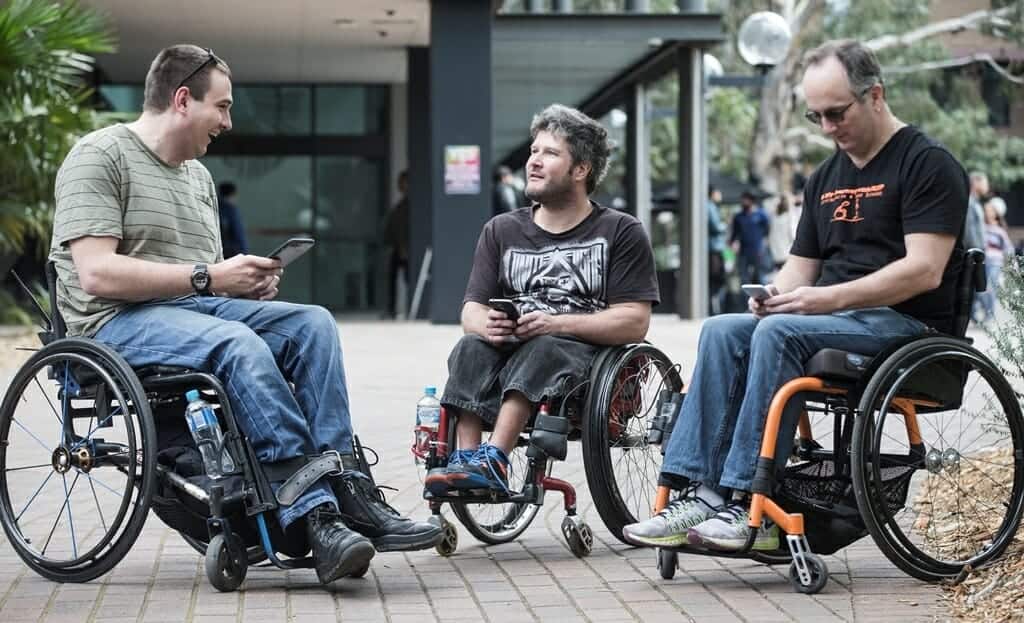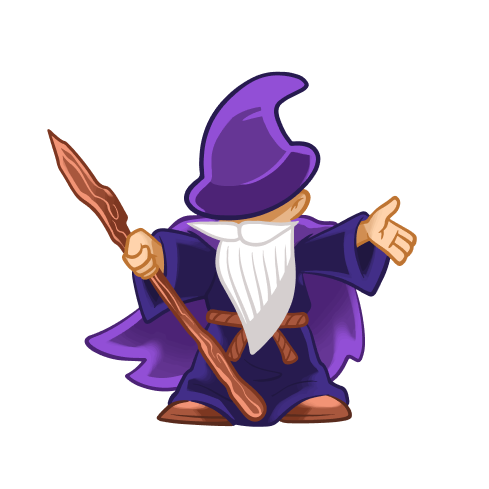Case Study: Briometrix – Developing Apps for Disability Accessibility, Fitness and Health, Injury Prevention and Social Inclusion
Wheelchair Community Fitness
Fitness, navigation, skills monitoring and social sharing are now integral to the lives of able bods, saving billions in health care, collecting data to drive change in government, business and community. Yet the wheelchair community has been left waiting for these life tools.
This is why when we had an opportunity to partner with a company looking to bring this technology by developing apps for disability, we jumped at the chance.
Briometrix, Winner Startup Data Innovation Award 2016, Winner Innovation Cool Company 2017 and a Vivid Ideas event host, is helping the wheelchair community, which comprises roughly 1% of the world’s population.
The wheelchair is a sedentary device, which increases the difficulty of maintaining ideal bodyweight and aerobic fitness. Currently 70% of wheelchair users suffer from shoulder injury, rates of obesity and life threatening cardio fitness are twice that of the general population, with a 15% reduction in subsequent life expectancy.
Briometrix aim is to motivate users to participate more fully in outdoor living and fitness activities. There is also a strong emphasis on connecting users together so that they can enjoy a more active lifestyle whilst feeling supported, safe and most of all included.
Briometrix came to us with a fascinating idea and backend IP. Essentially Briometrix recognised that the wheelchair community is a demographic underserved by this massive growth in smartphone technology. These devices do not work because the algorithms cannot make sense of the movements involved in propelling a wheelchair.
We are currently working with Briometrix to address these issues through the implementation of two mobile apps for disability:
- Brio Smart App
- Brio Go App
Brio Smart
This app can be thought of as the Fitbit for the wheelchair community in that it addresses the challenge of measuring the physical activity required for pushing a manual wheelchair.
When the user signs up, the app collects key information such as the type of wheelchair, their condition, age, weight, chair set up etc.
During a user’s period of exercise, key data is collected using the mobile app. This information is sent to the Briometrix backend, where their innovative algorithms analyse the data. That information is then sent back to the user to view:
The physical activity exerted by the wheelchair user is measured in strokes. This measure is the base of a variety of other unique analytics, such as effort and power.
Brio Go
Briometrix believes that accessibility technology must include in its calculations the level of effort that the wheelchair user is able to sustain to propel their wheelchair. Propulsion effort levels vary widely depending on the pilot’s underlying medical condition, as well as age, gender and fitness. Brio Go maps show the effort required to navigate the route.
The core functionality of the Brio Go app is accessible navigation. It maps out paths, while assessing the effort / difficulty of said routes. This information is then added to maps, using colours to indicate effort to travel the route. For example green is an easy route, yellow is moderate, orange is Strenuous, black is difficult descent. With beta testers constantly feeding information to the app, the effort to travel more and more paths are being calculated by the Briometrix team and its key algorithm.
This information will then be accessible to the everyday user through Brio Go navigation app., Brio Go is a way for wheelchair users to build confidence to go out and try different pathways and trails.
Meeting Fitness and Social Needs for the Wheelchair Community
There’s also a social element to the Briometrix apps. Users can opt in and allow their friends and family to track their progress. Through Brio Go wheelchair users get an accurate picture of what type of physical effort will be required to tackle different trails.
As the apps develop, the community will be extended to clinicians so they can monitor the fitness and skills progress of their clients. They will then be able to make appropriate recommendations to the wheelchair users to improve their health and fitness.
Implementing Change Through Technology
Every company has one of those projects that speaks to their purpose. For Devwiz this is Briometrix because not only are we creating exciting new apps that haven’t been seen before, we are building tech that will truly make a difference in people’s lives. We have no doubt that Briometrix will achieve its goals of greater social inclusion and empowerment for the wheelchair community.
On top of this Briometrix has inspired us at Devwiz to go out into the market and find other great ideas, particularly within the disability sector. We want to give entrepreneurs and businesses alike the tools they need to really make a difference. Its so important to empower people and help them overcome their challenges to participate more fully in society, unlock their human capital and of course, achieve self-actualisation.
So if you’re looking to make a difference just like the founders of Briometrix and have a great tech idea, we’d love to hear it and help you build it.
Latest Blogs

May 2, 2024
Unlocking Success in Tech Project Management: Essentials for Entrepreneurs
If you're an entrepreneur or executive, mulling over how to manage your tech projects with efficiency, this article is for you. Peek into the world of successful tech project management, exploring effective project planning techniques and agile project management strategies. We’ll guide you on how to navigate project milestone tracking methods and bolster productivity with collaborative team communication tools.

April 26, 2024
Understanding the Core Principles of User-Centered Design – A Guide for Entrepreneurs
Unlock success with the principles of user-centered design. Bringing together elements of empathetic, human-centered concepts and user interface principles, this strategy ensures digital products align with actual user needs and desires.

April 23, 2024
Master Effective Debugging Techniques: Tips & Tools for Software Developers
You've got a tricky application behaviour that's not making any sense, and you're stuck again? Today we tackle one of the most challenging aspects of programming - debugging. In this piece, we focus on effective debugging techniques, offering insight into software debugging methods and debugging best practices.

